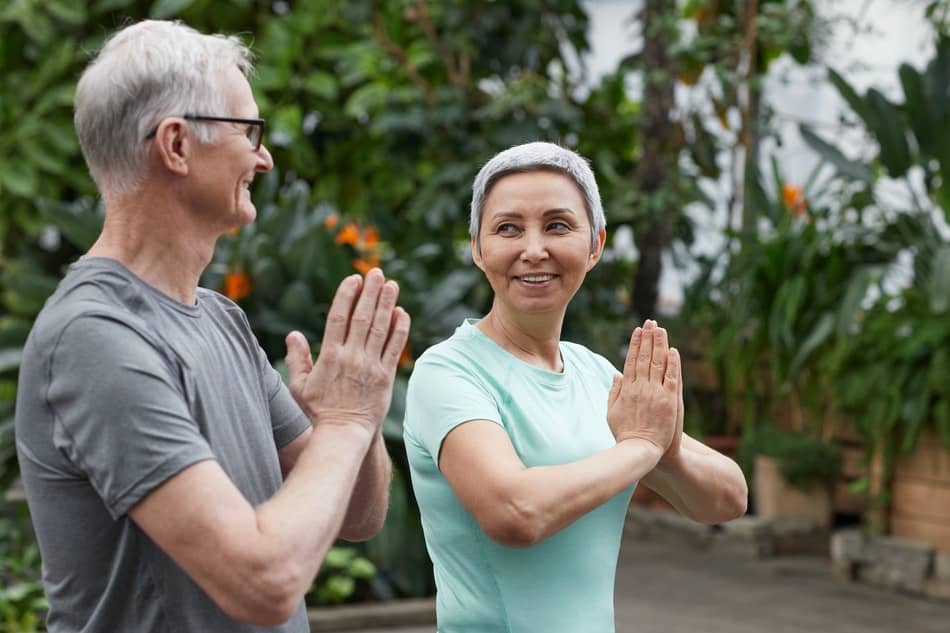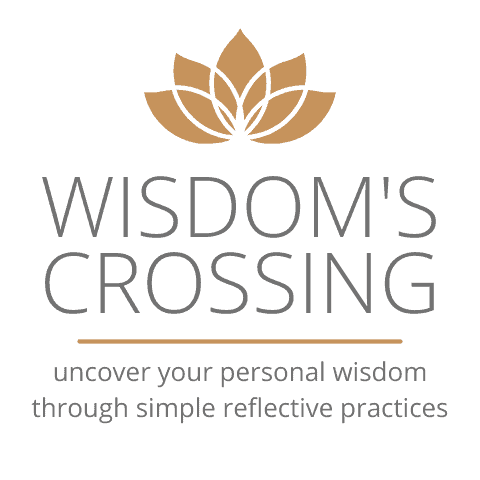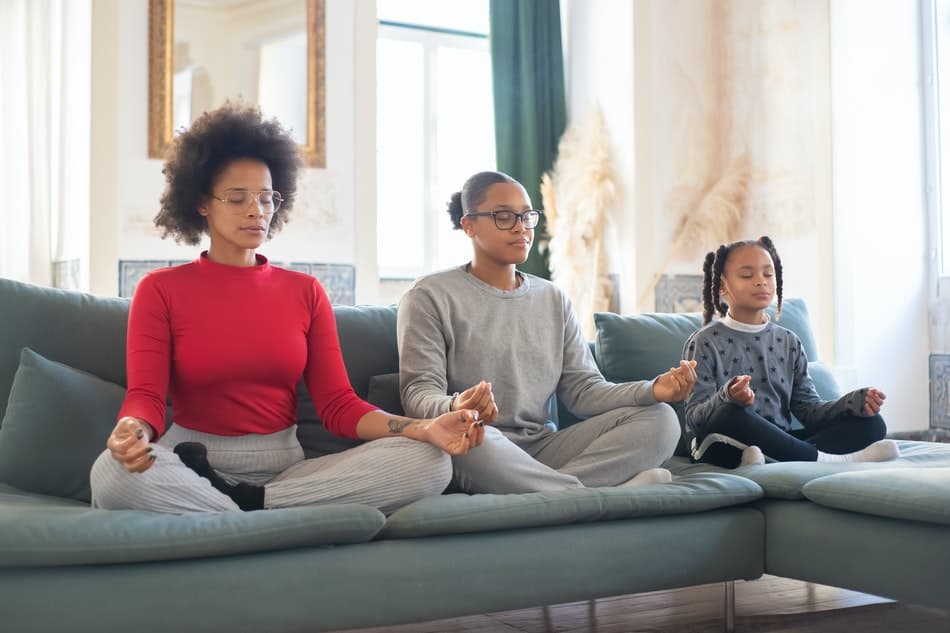What is mantra meditation for veterans? Mantra meditation is a form of mindfulness that can be practiced by anyone, regardless of experience or religious affiliation, even veterans. In this article, I will tell you about the basics of mantra meditation and how it can help veterans cope with their experiences.
Veterans can benefit from mantra meditation in many ways. For one, it can help to ease post-traumatic stress disorder (PTSD) symptoms such as anxiety, insomnia, and flashbacks.
What Is Mantra Meditation?
Mantra meditation is a type of mindfulness meditation that involves repeating a mantra, or short phrase, over and over again. The repetition of the mantra helps to focus the mind and can lead to a deeper state of relaxation and awareness.
Mantra meditation can be done in any comfortable position, such as sitting in a chair or lying down. It is important to find a position that will allow you to remain relaxed and alert during the practice. You have to close your eyes or you can keep them open, whatever feels comfortable for you.
The key to mantra meditation is finding a mantra that resonates with you. It can be anything from a single word to a short phrase. Some people prefer to use mantras that are in a foreign language, such as Sanskrit or Tibetan. Others find it helpful to use a mantra that has personal meaning for them.

How Yoga Serves Veterans Suffering from PTSD
Yoga is a practice that can be done by anyone, regardless of their level of fitness or experience. It is a low-impact form of exercise that can help to improve flexibility, strength, and balance. For veterans suffering from PTSD, yoga can offer several benefits.
- Yoga can help to reduce stress and anxiety levels. The deep breathing exercises that are a part of yoga can help to calm the nervous system. In addition, the physical movements involved in yoga can help to release tension from the body.
- Yoga can also help to improve sleep quality. Veterans with PTSD often suffer from insomnia or other sleep disorders. The relaxation techniques learned in yoga can help to promote better sleep.
- Yoga can also help to increase energy levels and improve overall physical fitness. The combination of deep breathing and physical activity can help to increase circulation and oxygenation of the blood. This can lead to more energy and improved physical health.
- Finally, yoga can help to create a sense of community for veterans suffering from PTSD. Many yoga classes are taught in a group setting, which can help veterans feel connected to others. In addition, Veterans Affairs centers often offer yoga classes specifically for veterans. participating in these classes can help veterans feel like they are part of a larger community of people who understand their experiences.
Yoga is a practice with many benefits that can be helpful for veterans suffering from PTSD. If you are a veteran struggling with PTSD, consider giving yoga a try. You may be surprised at how much it can help.

How To Meditate Mantras
When you chant a mantra during meditation, you create powerful sound vibrations that can help to quiet your mind and open your heart. Chanting is a form of moving meditation, and it can be a very effective way to focus your attention on the present moment.
If you’re new to chanting, start by finding a comfortable seat and closing your eyes. Take a few deep breaths and begin to repeat the mantra out loud, slowly, and with intention. You can also chant silently if you prefer. As you repeat the mantra, focus your attention on the sounds of the words and how they feel in your body.
Chanting can be done for any length of time that feels comfortable for you. If your mind begins to wander, simply bring your attention back to the mantra. When you’re finished, sit for a few moments in silence and allow yourself to experience the stillness that has been created.
Mantras can be chanted in any language, but many people find it helpful to chant in Sanskrit, which is considered the sacred language of yoga. Some popular mantras include “om” (pronounced AUM), “so hum” (pronounced soh-hum), and “OM Namah Shivaya” (pronounced OM nuh-MAH see-VAH-yah). Experiment with different mantras until you find one that resonates with you.
Chanting is a powerful tool for connecting with your innermost self. By repeating a mantra, you create a space for stillness and self-reflection. In this busy world, taking even just a few minutes to chant can be truly transformative. Try it for yourself and see!
How Long Should You Do Mantra Meditation?
There is no set amount of time that you should meditate, and it is important to find what works for you. Some people prefer to meditate for shorter periods, while others find that longer sessions are more effective.
If you are new to mantra meditation, it is generally recommended to start with shorter sessions and gradually increase the length of time as you become more comfortable with the practice. It is also important to find a time of day that works for you, as some people find it easier to meditate in the morning while others prefer evening or night-time sessions.
If you are looking to incorporate mantra meditation into your daily routine, there are a few things to keep in mind. First, it is important to create a space in your home that is dedicated to meditation. This space should be comfortable and free from distractions. Second, it is helpful to set aside a specific time each day for meditation. And finally, remember that there is no “right” way to meditate – the most important thing is that you find what works for you and stick with it!
Bottom Line
Mantra meditation can be a helpful tool for veterans struggling with PTSD. It can help to calm the mind, ease anxiety, and promote feelings of well-being. If you are a veteran struggling with PTSD, consider giving mantra meditation a try.
Thank you for reading! Namaste.
Related Articles

